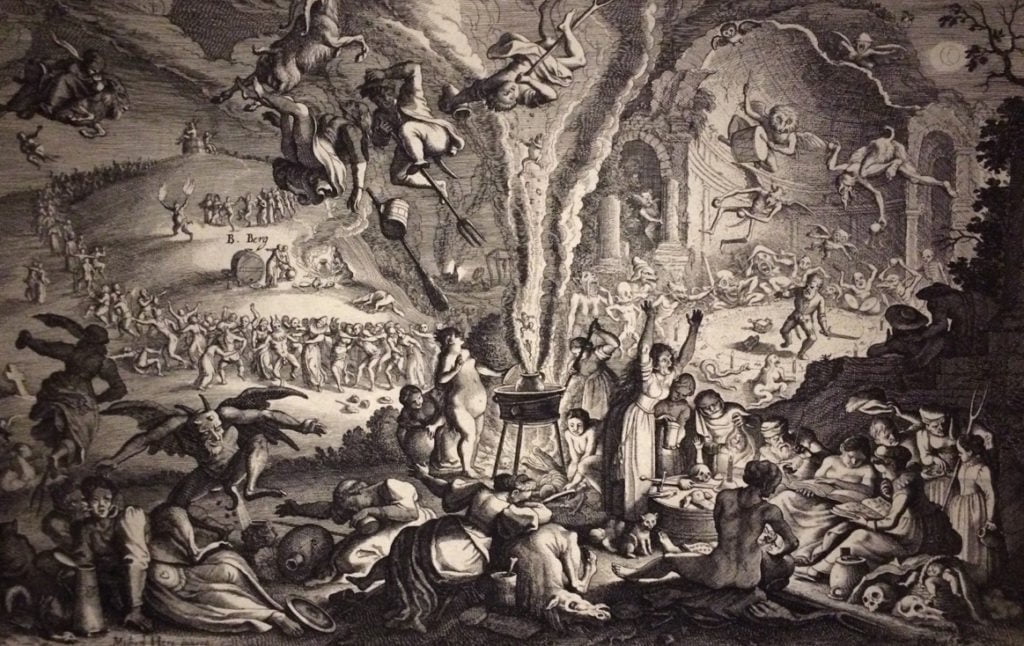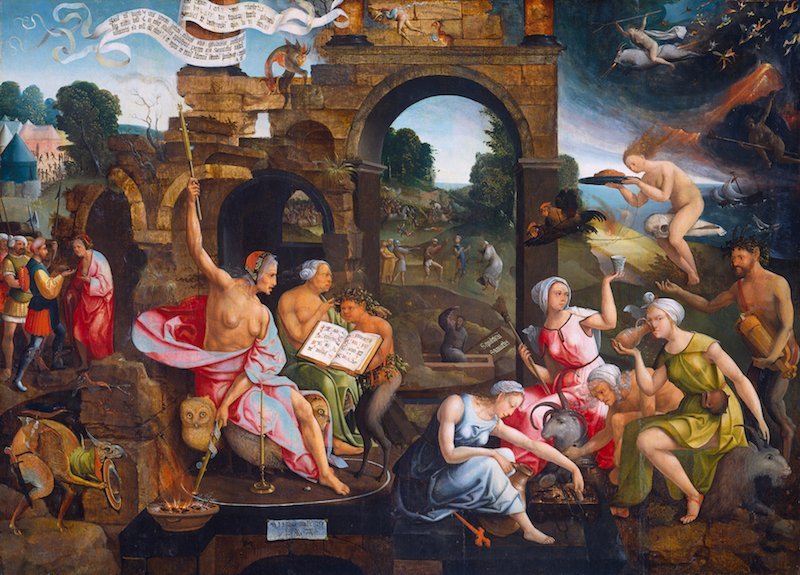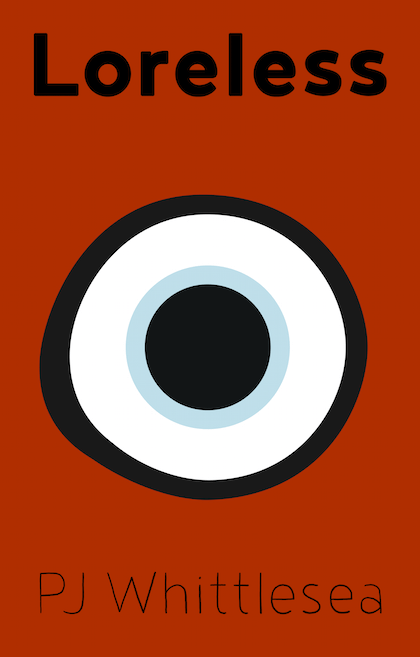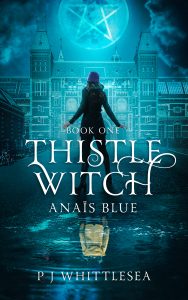Creating A New Kind Of Witch In An Alternative World
When I started writing Complicated Blue, a story about a witch, I focussed on creating an alternative version of the usual witching world.
I didn’t want to write a story based on a medieval version of witchcraft.
By labelling it a witch book, I could put those off who are looking to read the opposite of what I have written.
But hey, I like to do things differently.
As a writer, I do have to think of my readers, but at the end of the day, I have to write from the heart. Otherwise the story won’t ring true.
I can’t force myself to be something I am not.
There is mention of them in texts going back thousands of years. I avoided researching anything associated with traditional views on the subject when I churned out the first draft of Complicated Blue.
Only later did I research the subject more deeply.
The strange thing was that my gut feeling, what I put down on paper, turned out to correlate with a lot of what already existed.
So, perhaps my viewpoint was not as alternative as I had first assumed.
Essentially, to be a medium.
This form of communication is called necromancy.
To my surprise it turned out that this is one of the most ancient ideas associated with witches. One of the oldest mentions of this is in the Hebrew Bible. It contains the story of the witch of Endor.
King Saul consults a witch in order to communicate with the prophet Samuel. He wants advice on how best to defeat an enemy in battle. The answer he gets is not positive. Samuel is not happy about being disturbed from his eternal rest and predicts Saul’s downfall.
I suppose the lesson here is that you should be careful what you ask for.
This is also another aspect in my own story. I write about good witches.
In the story about Saul the witch is not considered at fault, she is depicted as being kind and perhaps even being persuaded to do something against her will.
The real evildoer is Saul.
Later, in the Middle Ages, artists obsessed with demons twisted the witch image. She became the evil one.
In my story the dead are walking the planet and can be seen. The thing which sets them apart, and makes them able to be spotted by those who are aware of it, is that the dead don’t cast shadows.
For this reason I decide to call them shades.
To my surprise I found this is also a common term in mythology. They are mentioned as such in Homer’s “The Odyssey”.
The main difference in mythology is they are called shades because they dwell in the shadows.
In my alternative world the dead are essentially walking shadows.
I stumbled across one example while reading to my children. In J. M. Barrie’s Peter Pan his shadow detaches itself and has a life of its own.
The more I researched the more I found which correlated with my pre-medieval version of witchcraft.
So, somehow, by just going with whatever my mind fabricated. By trusting the process of writing and opening myself up to letting the story come by itself, I instinctively tell a story as old as time itself.
Of course, I have put my slant on it.
But the basics are fundamentally no different to the stories told by some of the world’s oldest storytellers.
It’s a honour to join their ranks.
It reminded me of one fantastic thing: the imagination is very powerful indeed.
Whatever you do, don’t get in its way.



